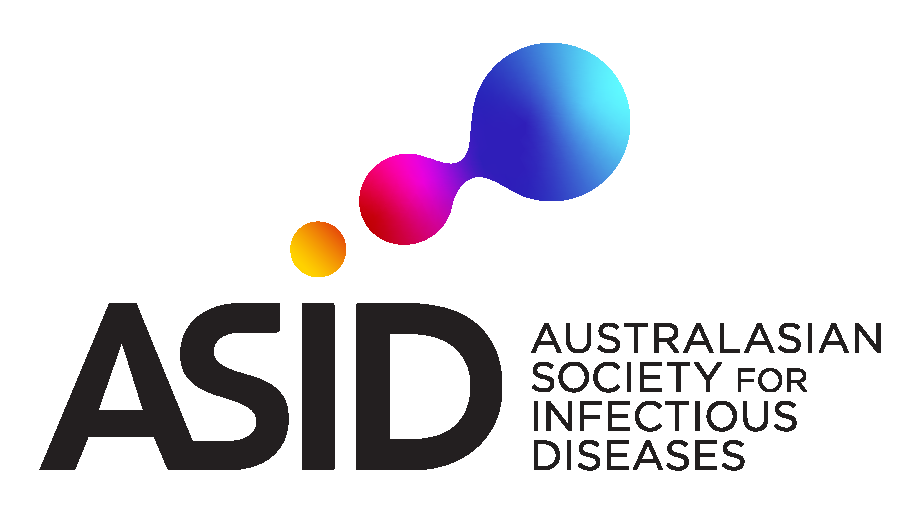Joint Statement with the New Zealand Sepsis Trust - COVID-19 exacerbates the existing burden of sepsis on the healthcare system
The solutions are there to reduce inequity and unnecessary harm, and must be urgently embraced through the government’s health reforms. That’s the key message from the upcoming New Zealand Sepsis Conference 2021 and the newly revised National Sepsis Action Plan.
Sepsis is a life-threatening condition where the body’s response to an infection causes organ failure. [1]
Hospital admissions caused by infectious diseases have been rising steadily. In 2016, 25% of people in hospital were treated for the infections which can lead to sepsis. [2]
“Sepsis is increasingly common,” says Dr Paul Huggan, an infectious disease specialist and co-founder of the New Zealand Sepsis Trust.
“We’re very worried about the rate of sepsis amongst people affected by economic deprivation and long-term medical conditions. This includes Māori and Pacific people, especially children, who are much more likely to get infections associated with damp, overcrowded housing.” [3]
“The cost of this must be enormous,” says Dr Huggan. “In New Zealand, every sepsis admission costs over NZD $10,000. In Australia, The George Institute for Global Health has estimated that AUD $700m a year is spent just on the cost of sepsis hospitalisation, more than for breast and lung cancer combined. That rises to AUD $4.8 billion when you consider all of the longer-term costs.” [4]
“Sepsis is a major and on-going problem, even before the COVID-19 pandemic. Sepsis is caused by common infections such as pneumonia, urinary infection and skin-soft tissue infections,” says Dr Nigel Raymond, Wellington infectious diseases physician and the New Zealand chair of the Australasian Society for Infectious Diseases (ASID).
“Now the number of COVID-19 cases is rising in Aotearoa/New Zealand. We already know that COVID-19 can cause sepsis, most often with severe pneumonia or added bacterial infection. About 1 in 10 people with sepsis died in hospital from sepsis pre-COVID-19, and sepsis survivors often leave hospital with ongoing symptoms and new disabilities. Similar problems are occurring for people who suffer COVID-19, with long-COVID syndrome more common after hospitalisation. COVID-19 has shown what can happen if we don’t take infectious diseases and sepsis seriously. It is also showing us the impact vaccination can have in preventing more serious illness, the importance of detecting deterioration early, and value of the timely use of effective treatments.” [5]
With partners across the health sector, the NZ Sepsis Trust and ASID have been developing a National Sepsis Action Plan for New Zealand following a call from the World Health Organisation in 2017 for countries to make sepsis a global health priority.
“It is possible to reduce the harm caused by sepsis, and we have the skills across the sector to do the work,” says Dr Huggan.
“We’re already seeing significant effort to control inappropriate antibiotic use, which is essential to preserve antibiotics for the growing number of people who need them. We hope that improving prevention, treatment and recovery from infection remains a priority in the government’s new health reforms.”
The NZ National Sepsis Action Plan focuses on increasing public awareness, improving health sector capacity to recognise and treat sepsis urgently, and to provide support for survivors. A summary of the proposed plan can be found at www.sepsis.org.nz/action.
References
[1] Singer M, Deutschman CS, Seymour C, Shankar-Hari M, Annane D, Bauer M, et al. The third international consensus definitions for sepsis and septic shock (sepsis-3). Vol. 315, JAMA - Journal of the American Medical Association. American Medical Association; 2016. p. 801–10.
[2] Huggan P, Helms T, Gibbons V, Reid K, Hutchins H, Sheerin I. Counting the cost of major infection and sepsis in New Zealand: an exploratory study using the National Minimum Data Set. The New Zealand medical journal [Internet]. 2021 Jan 15 [cited 2021 Aug 18];134(1528):10–25. Available from: https://pubmed.ncbi.nlm.nih.gov/33444303/
[3] Hill PC, Wong CGS, Voss LM, Taylor SL, Pottumarthy S, Drinkovic D, et al. Prospective study of 125 cases of Staphylococcus aureus bacteremia in children in New Zealand. Pediatric Infectious Disease Journal. 2001;20(9).
[4] Cost of sepsis in Australia. 2021 [cited 2021 Oct 31]; Available from: www.georgeinstitute.org
[5] Langa KM, Iwashyna T. Long-term cognitive impairment and functional disability among survivors of severe sepsis. 2012;304(16):1787–94.
